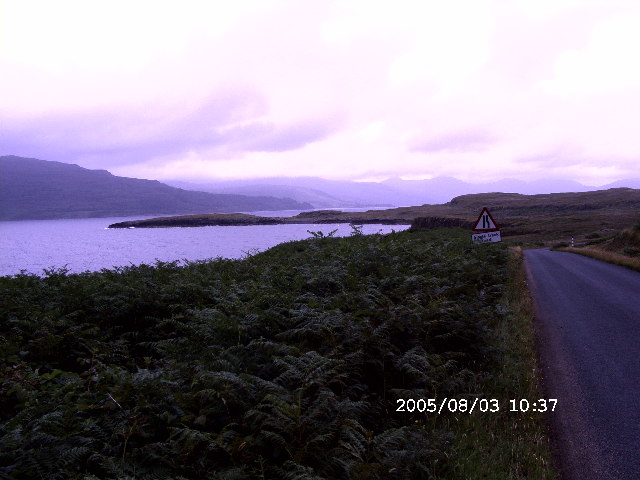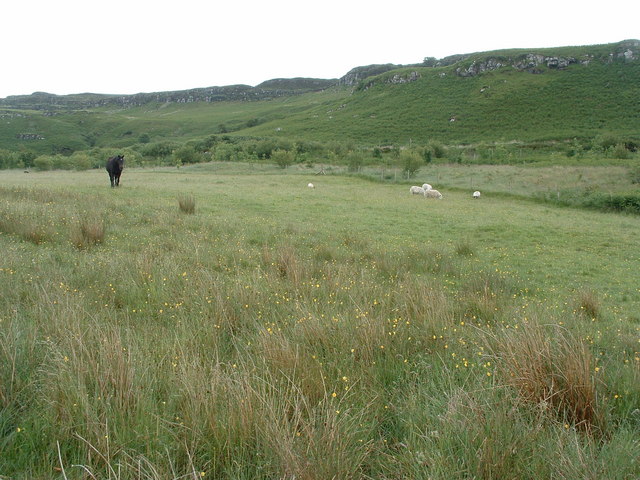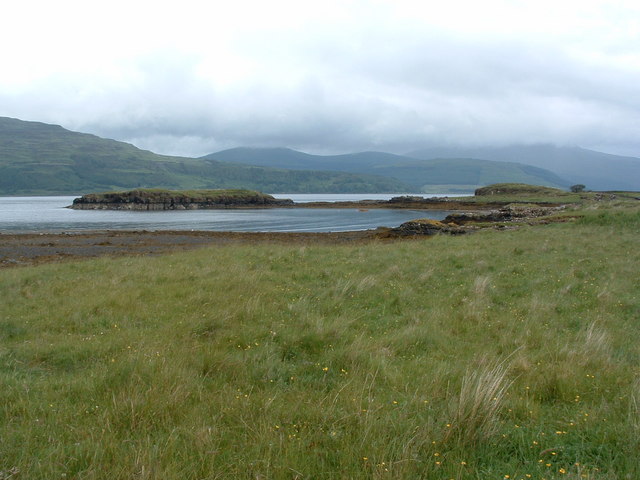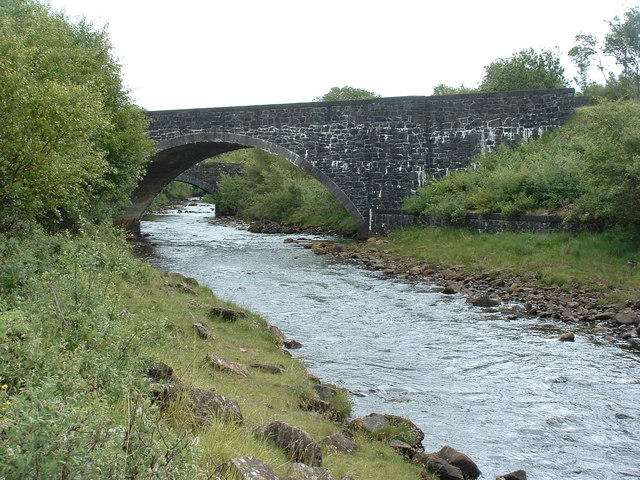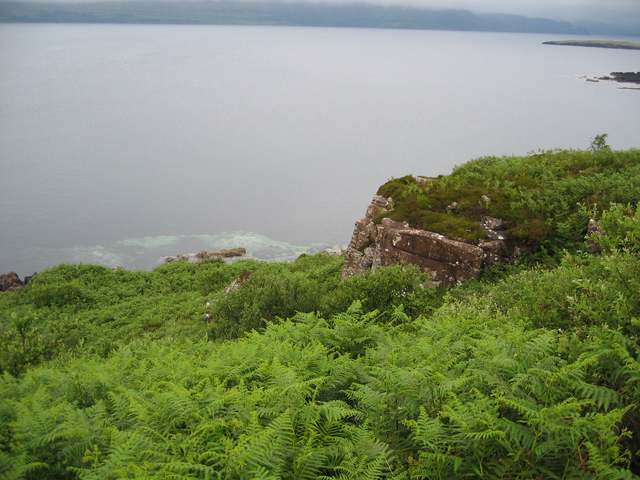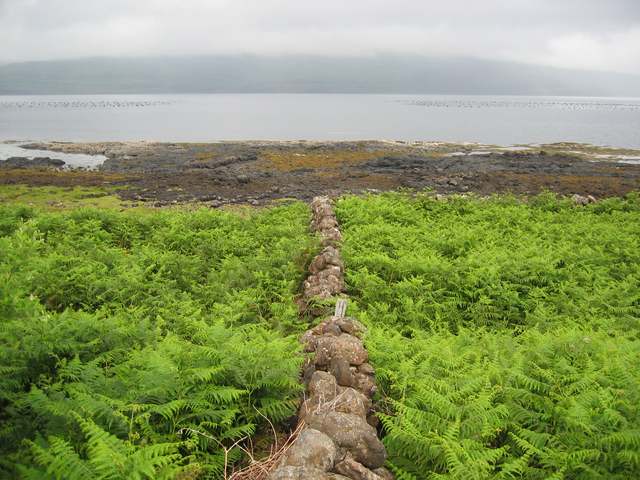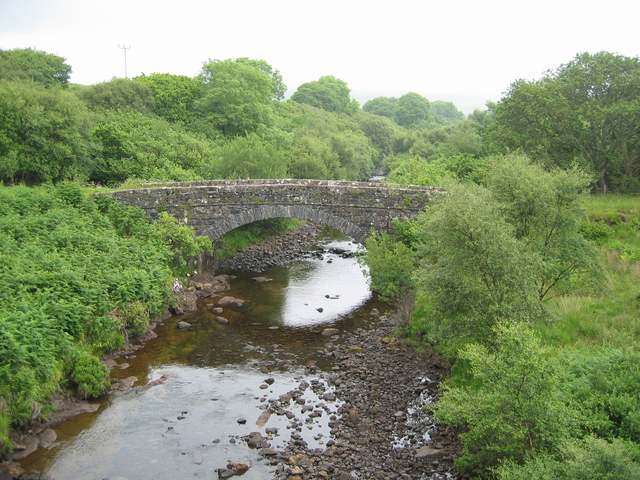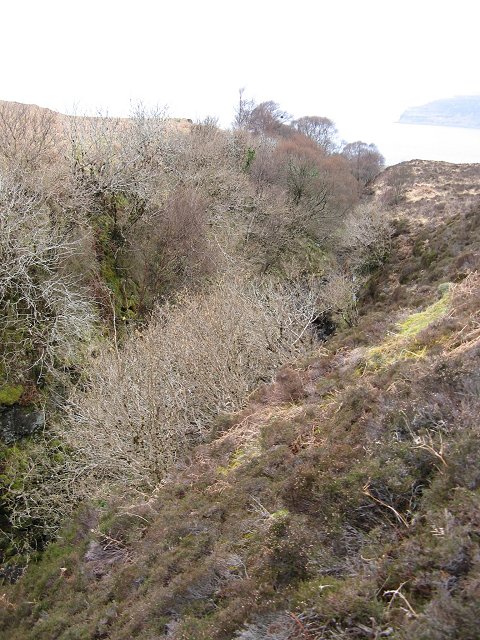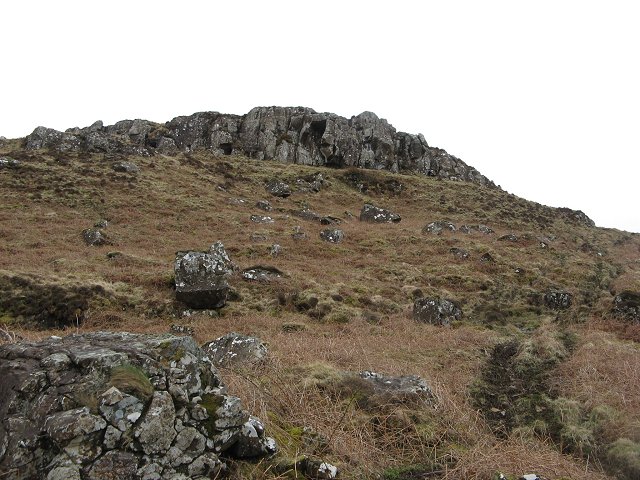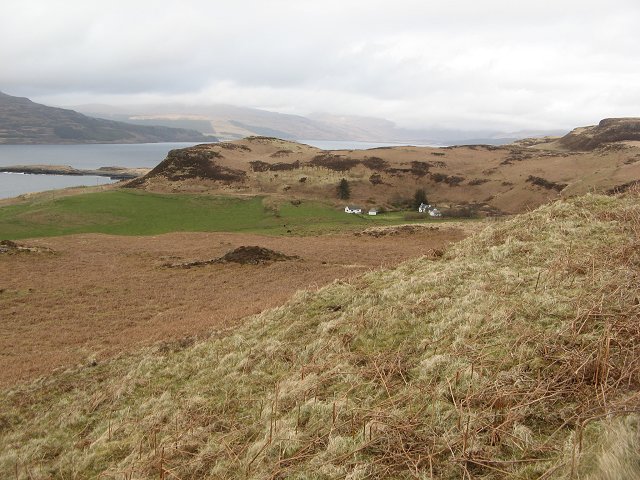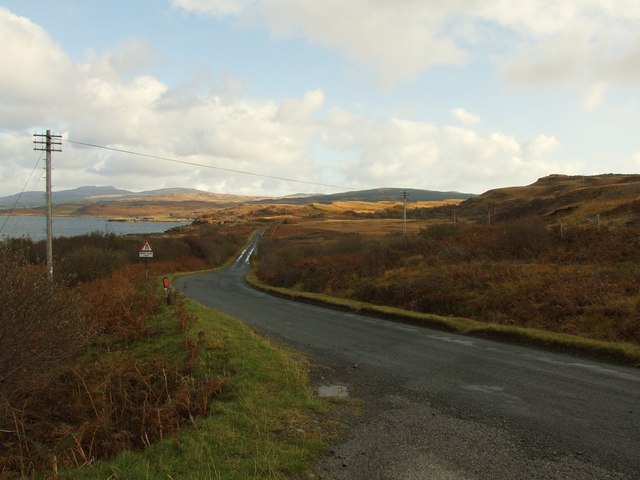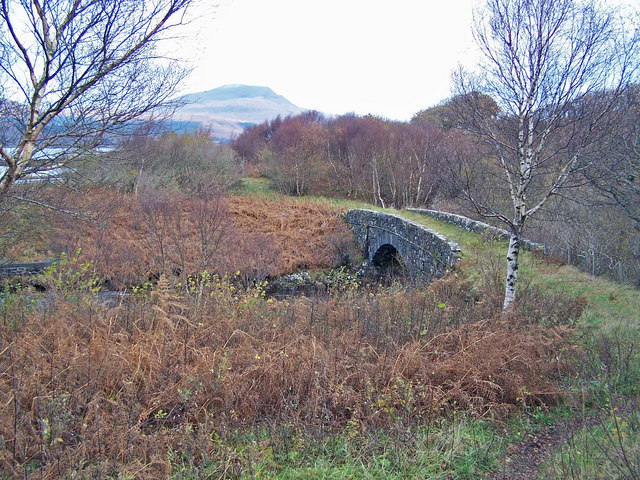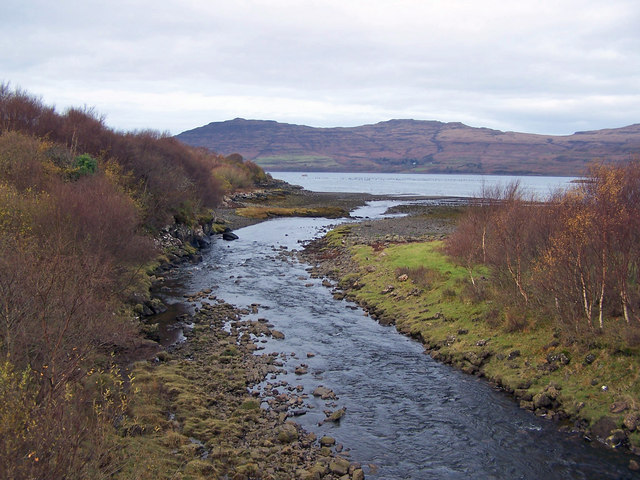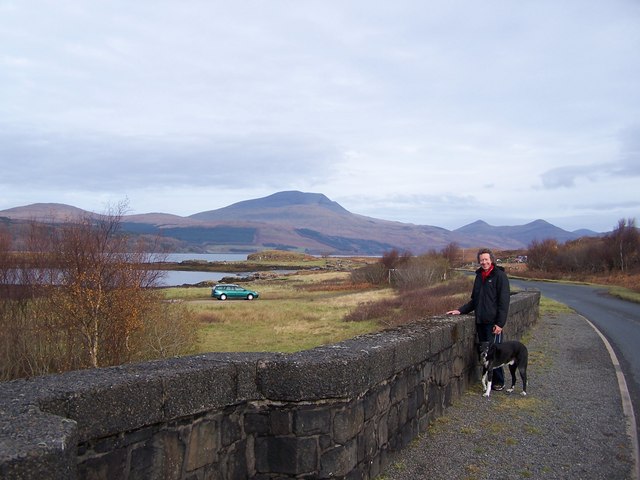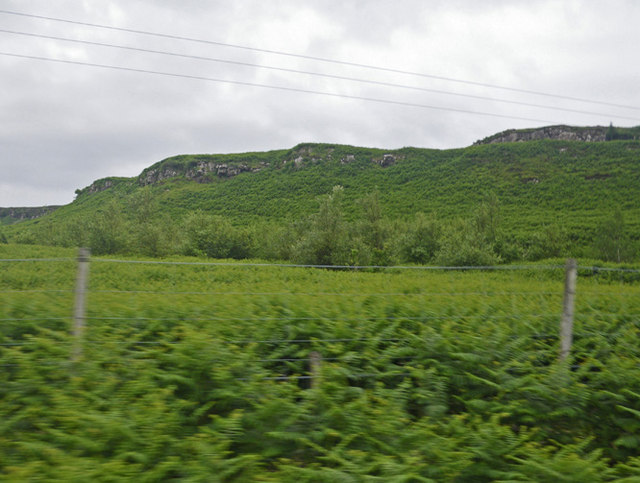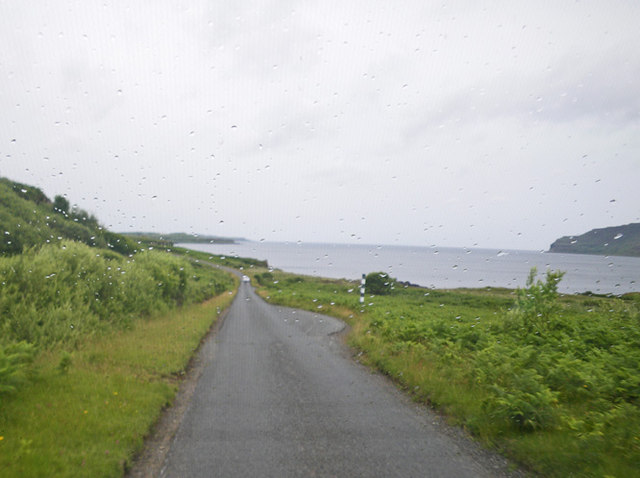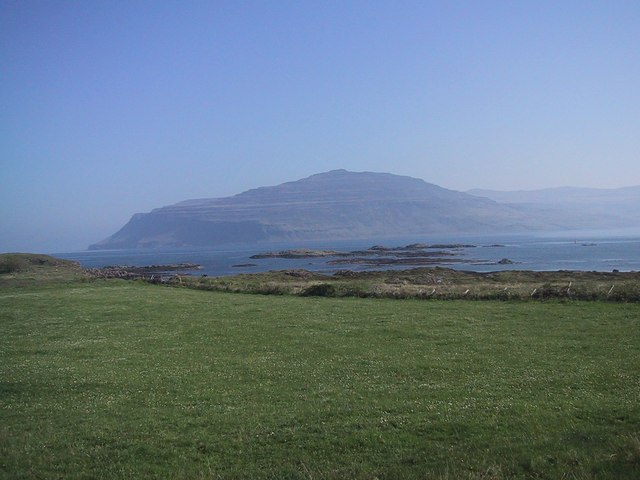Àird Fada
Coastal Feature, Headland, Point in Argyllshire
Scotland
Àird Fada
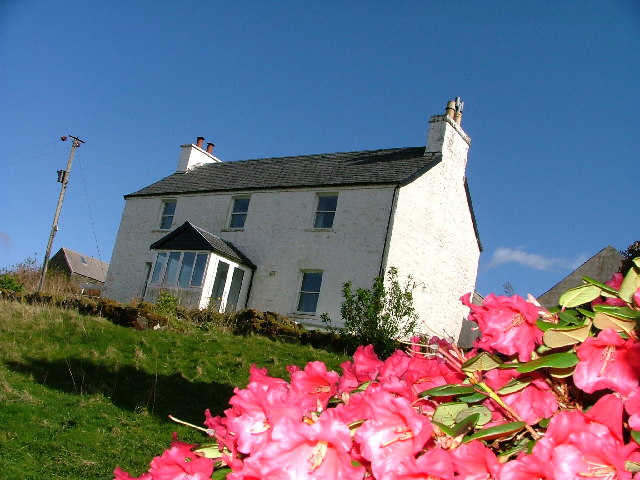
Àird Fada is a prominent coastal feature located in Argyllshire, Scotland. Situated on the western coast, it is a headland that extends out into the Atlantic Ocean, forming a distinctive point. The name "Àird Fada" translates to "long point" in Gaelic, which accurately describes the physical characteristics of this geographical feature.
Rising proudly from the rugged coastline, Àird Fada stands as a majestic landform, offering breathtaking views of the surrounding sea and the neighboring islands. Its rocky cliffs, often weathered by the relentless pounding of the ocean waves, create a dramatic and picturesque landscape that attracts both locals and tourists alike.
The headland is known for its diverse wildlife, with numerous seabirds nesting along its cliffs, providing a haven for birdwatchers and nature enthusiasts. The surrounding waters are also home to a variety of marine life, including seals and dolphins, adding to the area's natural beauty and appeal.
Access to Àird Fada is relatively easy, with a well-maintained footpath leading to the point. This path meanders through lush coastal vegetation, offering hikers a chance to immerse themselves in the stunning scenery before reaching the headland.
Given its location, Àird Fada is subject to the ever-changing weather conditions of the Atlantic coast. Stormy seas and strong winds can create a dramatic spectacle, as waves crash against the cliffs, highlighting the power and force of nature.
Overall, Àird Fada is a captivating coastal feature in Argyllshire, offering visitors a chance to experience the raw beauty of Scotland's western coastline and immerse themselves in its rich natural heritage.
If you have any feedback on the listing, please let us know in the comments section below.
Àird Fada Images
Images are sourced within 2km of 56.34579/-6.1305159 or Grid Reference NM4424. Thanks to Geograph Open Source API. All images are credited.

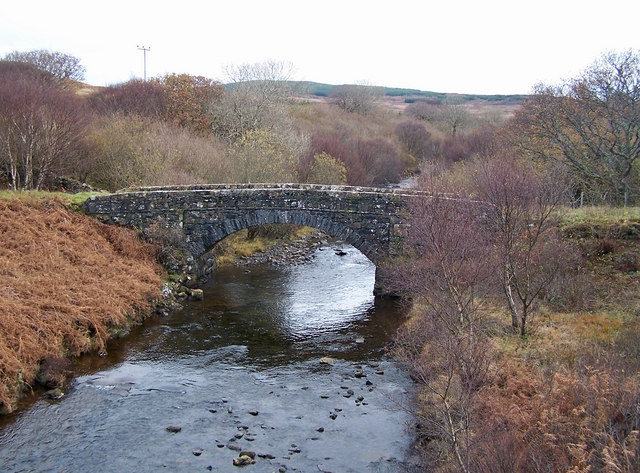
Àird Fada is located at Grid Ref: NM4424 (Lat: 56.34579, Lng: -6.1305159)
Unitary Authority: Argyll and Bute
Police Authority: Argyll and West Dunbartonshire
What 3 Words
///mailing.backpacks.vows. Near Fionnphort, Argyll & Bute
Related Wikis
Loch Scridain
Loch Scridain is a 15-kilometre-long (9-mile) sea loch, with a west-south west aspect, on the western, or Atlantic coastline of the Isle of Mull, in the...
Tiroran
Tiroran is hamlet on the Isle of Mull in Argyll and Bute, Scotland. == History == In the late 18th century Tiroran House was associated with the McKinnon...
Knockan
Knockan (Scottish Gaelic: An Cnocan) is a township of six crofts in the community of Ardtun, in the south of the Isle of Mull off the west coast of Scotland...
Ardmeanach
Ardmeanach in modern times refers to a peninsula on the Isle of Mull. It is the middle one out of three westward-facing peninsulas on the island, and the...
Shiaba
Shiaba (Scottish Gaelic: Siaba) is a ruined township located on the southwestern peninsula of the Isle of Mull, Scotland. It lies about 8 km to the east...
Ardtun
Ardtun (Scottish Gaelic: Àird Tunna) is a settlement on the Isle of Mull, in Argyll and Bute, Scotland. Ardtun is within the parish of Kilfinichen and...
Pennyghael
Pennyghael (Scottish Gaelic: Peighinn nan Gàidheal) is a small village in the Ross of Mull, Argyll and Bute, Scotland. It is located along the A849 road...
Bunessan
Bunessan (Scottish Gaelic: Bun Easain) is a small village on the Ross of Mull in the south-west of the Isle of Mull, off the west coast of Scotland. The...
Nearby Amenities
Located within 500m of 56.34579,-6.1305159Have you been to Àird Fada?
Leave your review of Àird Fada below (or comments, questions and feedback).
